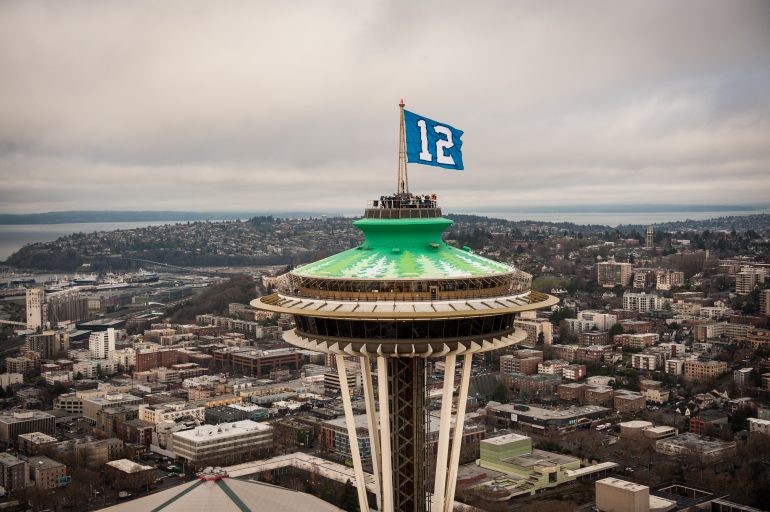

Pete Carroll may need to reexamine his mantra. It may, in fact, not be “all about the ball.” Seattle has had an odd season in many regards. One such example is that the Seahawks have lost every game when they have won the turnover battle, and lost three games when they lost the turnover battle. Seattle had been 33-9 during the Carroll era when being positive in turnover margin, good for a 0.786 win percentage. Here’s the thing, though. That has not been the best barometer of Seahawks success, and it is not really even close.
Double-click on turnover margin
Two new contenders for top stat
Explosive play differential
| Year | Record | Win % |
| 2013 | 11-2 | 0.846 |
| 2014 | 11-2 | 0.846 |
| 2015 | 3-1 | 0.750 |
| Totals | 25-5 | 0.833 |
And now look at how they fared when that differential was negative:
| Year | Record | Win % |
| 2013 | 2-1 | 0.667 |
| 2014 | 0-2 | 0.000 |
| 2015 | 0-2 | 0.000 |
| Totals | 2-5 | 0.286 |
That is a significantly higher winning percentage, when positive, than when Seattle has had a positive turnover margin, and a significantly reduced winning percentage, when negative, than when Seattle has had a negative turnover margin. It is also far less left to chance. The Seahawks could force a fumble and have it bounce the wrong direction. Teams have put together some incredibly conservative game plans this season that all-but-eliminated the chance of a turnover, but killed their chances to win by never challenging the defense down the field.
This is one I tend to consider the primary barometer of how the team played. It takes a very screwy game for Seattle to have a strongly positive explosive play differential and lose. An example would be in St. Louis last year when the Seahawks were +8 in explosive plays, but lost to the Rams in large part due to special teams. A flaw in explosive play differential is that special teams are not accounted for. It is really a measure of how the offenses are performing versus their opposing defenses. More often than not, that will align with who is winning overall.
Third down percentage differential
| Year | Record | Win % |
| 2013 | 11-1 | 0.917 |
| 2014 | 10-2 | 0.833 |
| 2015 | 3-0 | 1.000 |
| Totals | 24-3 | 0.889 |
Consider that during the same period, the Seahawks winning percentage was just 0.727 when they won the turnover battle. This is a nearly 90% win rate when winning the third down percentage battle. Coming up negative in that differential is not quite as damning as a negative explosive play differential, but it is not pretty either.
| Year | Record | Win % |
| 2013 | 2-3 | 0.400 |
| 2014 | 2-2 | 0.500 |
| 2015 | 0-4 | 0.000 |
| Totals | 4-9 | 0.308 |
It has, however, been a perfect predictor of this season for the Seahawks so far. They are undefeated when their third down differential is positive, and have yet to win when it is negative.
Deprecating turnover margin

